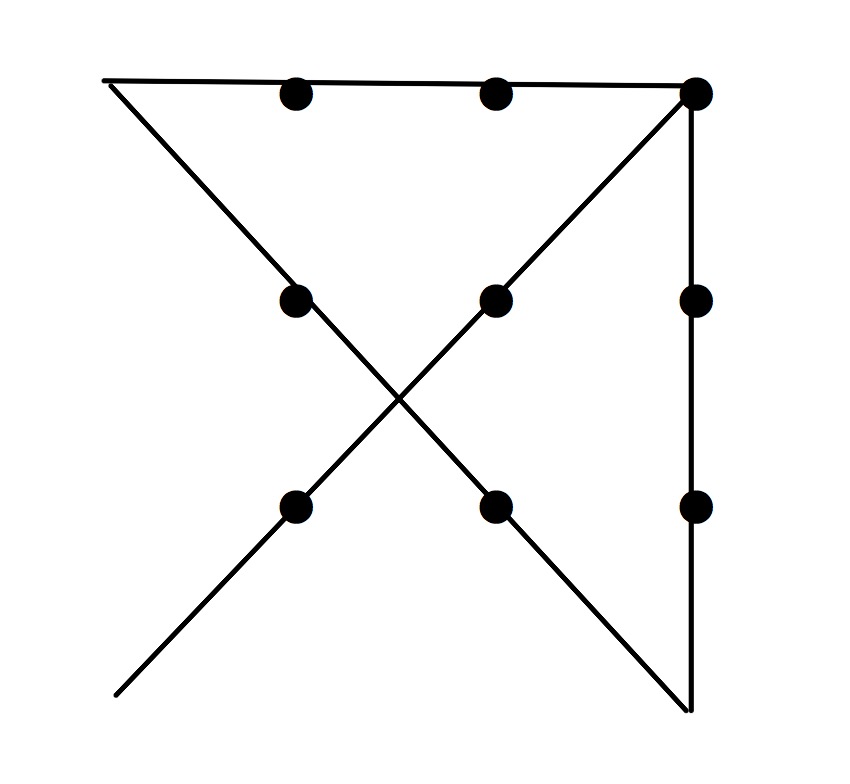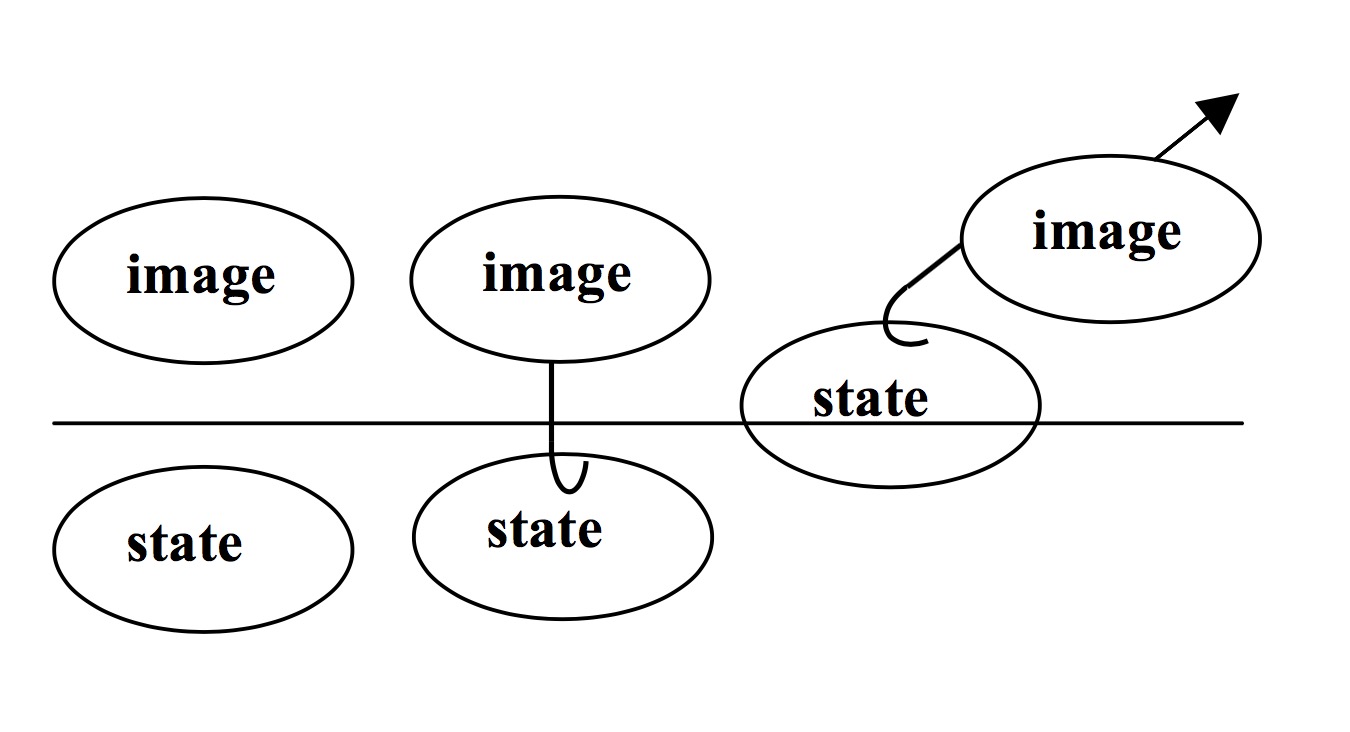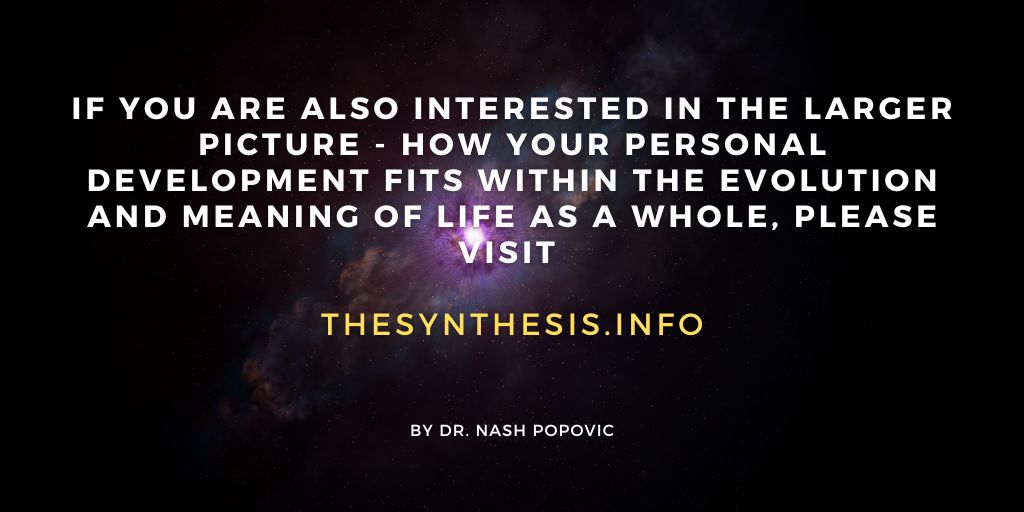11. Creativity
Our imagination is the only companion chained to us for the whole of existence.
Charlotte Wolff (British psychotherapist)
One of the most interesting aspects of the human mind is that it can create its content. Such creations can take the form of thoughts and images. Furthermore, this process of creating them can be spontaneous and deliberate. So we will consider here all four combinations, starting with spontaneous thinking.
Spontaneous thinking: rumination
Remember fast and slow thinking? You can repeat the experiment: close your eyes and count to 100. You will probably notice that, while you are counting, many thoughts are popping up into your mind spontaneously. This is going on all the time, not only when you are counting. Most of them come and go quickly but some can become circular and intrusive so it is a good idea to know what to do if this happens.
Keeping in check intrusive, obsessive thoughts
Avoid enforcing them by emotions. Such thoughts feed on emotional energy, so if you get upset or anxious about them, they will only get stronger. Suppressing them won’t work – accept and ignore them instead. If this doesn’t work, try the following:
- Reach some sort of resolution (make a decision, do or change something, accept, understand, forgive).
- Find something that could absorb you (e.g. puzzles) and focus on whatever you are experiencing or doing.
- Postpone your rumination (say to yourself: ‘ok, I will think about this between 7 and 7.30 this evening’).
- Externalise your thoughts through talking or writing (some evidence shows that the writing is even more effective if you throw it away afterwards)(1).
Spontaneous imagining: fantasy
Fantasy is usually initiated by unfulfilled desires. As a substitute for a real experience it can provide a temporary respite from reality and induce pleasant feelings. On the other hand, fantasy doesn’t provide lasting fulfilment and may increase the intensity of a desire; at the same time, it weakens your motivation to really do something, as fantasising offers some gratification without effort. Fantasies may also lead to an unrealistic assessment of the situation and consequent disappointment. Moreover, some fantasies can be intrusive and induce feelings of guilt and shame (e.g. fantasising about the wife of your best friend). So, what can we do about unwanted fantasies? Suppressing them is unlikely to work (you need to think about your fantasies in order to keep them suppressed) and even if you manage, your desire may come out in a different, perhaps worse way. You can try the following instead:
Take charge of your fantasising
- Be aware and accept that you have a fantasy. This is not to say that you should get attached to and turn your fantasies into expectations; this could distort your perception of reality. Fantasies can fly high but you’d better stay grounded.
- Avoid feeding it further with emotional energy (e.g. guilt or shame) – after all you didn’t call for them.
- Look for their cause instead: your fantasies can give you an insight into your needs, desires, and ambitions, as well as why you are not content with your present situation (daydreams or fantasies can be analysed in the same way as dreams).
- Even if you can’t find the cause, you can plan what to do when your fantasy pops in uninvited; for example, have something else at hand to think about whenever it comes up, or channel your fantasy into art (some people make a living out of their fantasies).
Intentional creative thinking: think outside the box
Creative thinking is characterised by an element of novelty (at least for the person who is thinking, not necessarily others). It is a universal ability, not exclusive to some people or activities. For example, making a sentence that you have not heard or used before inevitably involves some creativity and we do it every day! Creativity has both intrinsic value (people like it, which is why those who use it are popular) and instrumental value (it helps us find new solutions). As creativity always involves novelty, it is fostered by breaking habits and rigidity – ‘thinking outside the box’. A creative person is not afraid to leave established tracks. This enhances her ability to generate a greater number of possibilities. To see if you are good at thinking outside the box, try to solve this puzzle: connect these nine dots with four straight lines without taking your pen off the paper:

Don’t worry if you couldn’t do it, most people can’t (see the solution bellow); this is hard because we restrict ourselves unnecessarily (most likely you stayed within a ‘square’ that these dots create in your mind but that doesn’t really exist). So if you face a puzzle or problem that requires you to think outside the box, ask ‘In what ways am I restricting myself that are not necessary?’ The trick for developing creativity is practice. As with physical exercises, the more you practice, the better you will be. Here is one such exercise that you can do often: finish a sentence starting with, for example, ‘A cat is…’ or ‘John was waiting at the bus stop when…’ in as many ways as possible. Continue creating a whole story from some of them.
Intentional imagining: visualisation
We have already used and will continue using visualisation in some exercises as it can be beneficial. Visualisation can be used to attain a desired mental state through the process of association – attaching an image to a mental state. This happens spontaneously all the time, albeit often with negative states (e.g. we link the spider and fear, and we feel fear whenever we see a spider). You can use this exercise to deliberately bring about positive states:
Invocation by image: make a link between an image and a desired state. There are two ways to do this:
- Leaf through your memories and find an image that already invokes a desired mental state (e.g. you may associate tranquillity with the image of a calm sea).
- Whenever it happens that you are experiencing a desired state, deliberately bring the same image into your mind (whenever you feel confident visualise, for example, an eagle flying).
The more you practice, the stronger the connection will be, but save the image only for this purpose (bringing it up in other contexts will weaken the link). A sound, word (or phrase), or a body gesture (e.g. snapping your fingers) can have the same effect. Once the link is established, bring the image in mind whenever you want to invoke that state, as shown in this diagram:
Visualising can also help you achieve your goal, but only if you visualise the process of getting there. If you visualise rewards or pleasure that may come afterwards it can just turn into fantasy.
(1) Briñol, P., Gascó, M., Petty, E. R. & Horcajo, J. (2012). ‘Treating Thoughts as Material Objects Can Increase or Decrease Their Impact on Evaluation’ in Psychological Science. 24 (1), p.41-47.
THINK OUTSIDE THE BOX SOLUTION:



